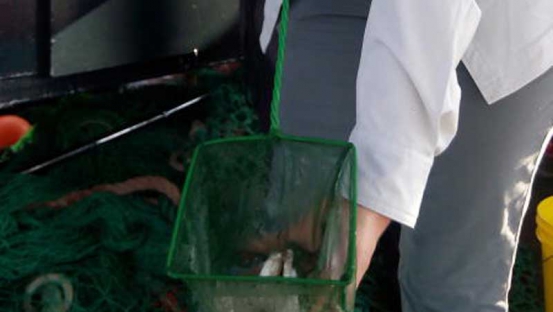
Fisheries researchers are investigating a sudden resurgence of some fish species that had been facing extinction after introduction of the giant Nile Perch in the early 1950s.
Scientists from Kenya, Uganda and Tanzania, together with those from the National Science Foundation (NSF) in the US have in the past few weeks been in the Lake Victoria trying to establish the link between the steady rise in population of smaller species such as the Haplochromine (fulu in Luo) and the diminishing volumes of the Nile Perch and Tilapia.